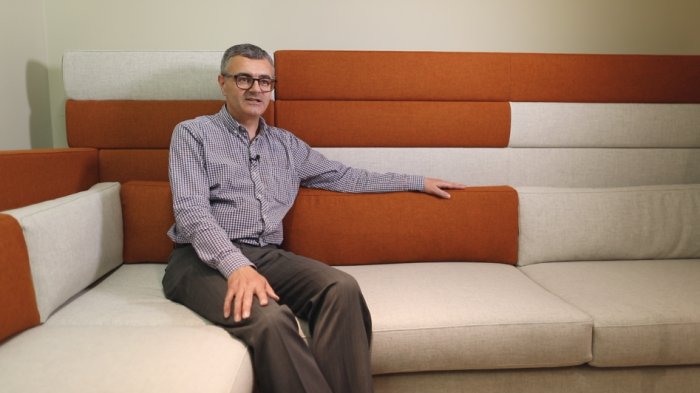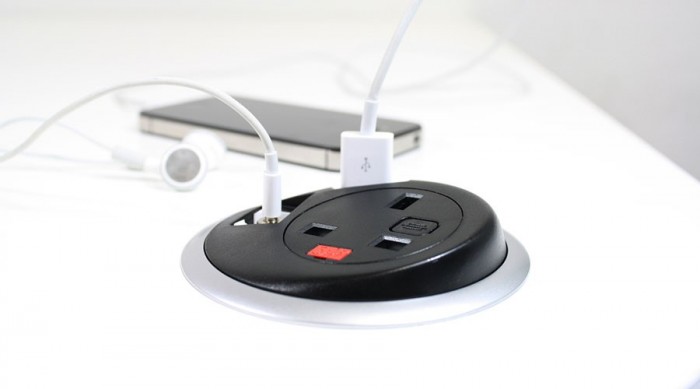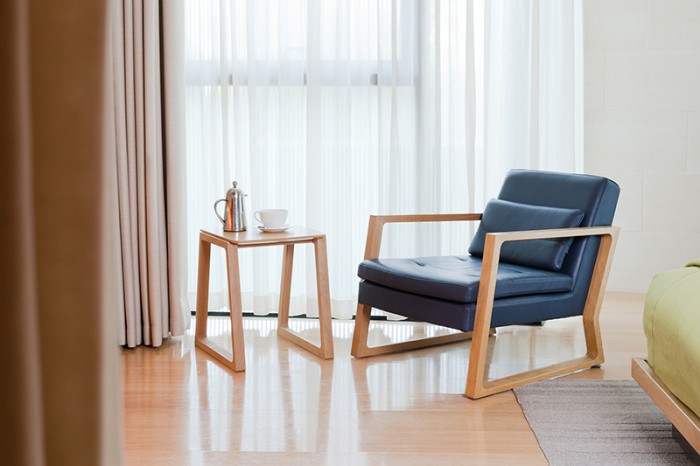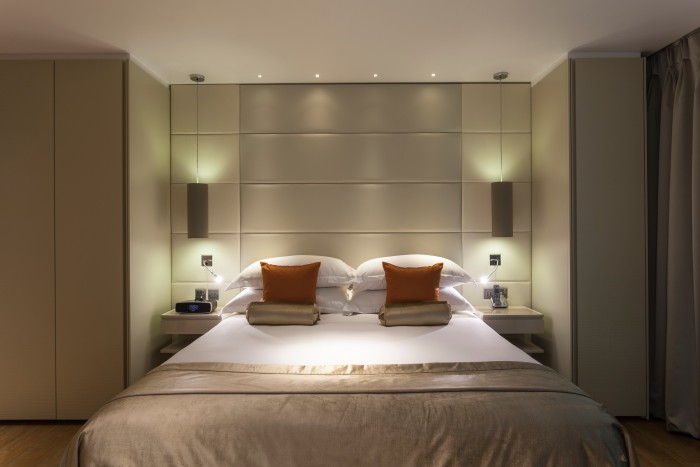The Future of Hospitality with Tim Armitt, Lyndon Design
Design Insider sat down with Tim Armitt, Managing Director of Lyndon by Boss Design to discuss the future of hospitality and according to Tim it is “looking good”.
It’s fair to say that there’s been a radical shift in hotel design over the last few years. Where once the trend was to be new and different, now guests expect so much more in terms of a connection to their environment and a memorable customer experience. All of this is resulting in less standardisation; whether that’s in the room layouts, facilities or furniture.

Today, hotels can no longer deliver just one package; they have to cater to the needs and whims of all types of guests; from corporate travellers and conference delegates, to bridal parties and weekenders. Take the reception area, for instance. Hotels have reinvented this space to accommodate a range of activities centered not only around relaxation and play, but work too. They are now designed to be more fluid and flexible, rather like the modern workspace. Such flexibility has impacted considerably on the choice of seating and furniture. As well as maximising space and accommodating large volumes of people, it’s essential that the seating offers comfort, flexibility and practicality too. Modular seating, complete with integral data and power outlets, has become a popular choice for hotel reception areas. From straight and curved configuration seating, to more traditional options of sofas, corner units and footstools, the possibilities are endless.
“Hotels have reinvented this space to accommodate a range of activities centered not only around relaxation and play, but work too”
Guests – and in particular Millennials – aren’t interested in spending a lot of time in their hotel bedrooms; instead preferring to congregate in compelling spaces with great design, music, and an impressive view. This approach has led the public areas of some hotels to be infused with spaces that flex between functions. Whilst the reception is still an area for checking in and out, it’s also become a social hub, an information source, a refreshment area, a restaurant, café, and even a gift shop. For corporate guests, it’s also a remote office, communal work space, and even a meeting hub; hence, it’s not uncommon to find phone booths and touchdown spaces gracing these spaces. Clusters of furniture that offer more private and personal areas for meetings or for individual work such as comfortable modular seating, plush armchairs and sofas – and even bar tables or islands with stool-height seating – all fulfil these varying needs.

Millennials have also grown up with technology. As a key part of their lives, it’s now more of a prerequisite rather than a luxury. Indeed, it’s estimated that the average guest travels with at least three devices that require charging. As such, hotels have had to adapt to meet their needs and we now see seating and furniture that incorporate integral power supply, USBs and telephone chargers. Such integration is clean, seamless and aesthetically coordinates with each piece.
As hotels continue to market themselves as destination locations, furniture has become more aspirational and is now a key element of the design plan. Whilst luxury and decadence was once exclusive to leading four-star, five-star, and boutique hotels, they are now pursued by budget chain hotels too. As a result, there’s a surge in demand for bespoke upholstery and furniture. The more successful venues have created spaces that are comfortable and simple without sacrificing luxury; allowing guests to feel quite at home, yet fully connected at the same time.

Natural wood continues to be popular; bringing both texture and colour to seating and furniture. No longer confined to just the frame, it helps create a softer and more intimate environment. With beech, oak and walnut leading the way, wood blends seamlessly with both contemporary and traditional styles. Handcrafted touches – such as comb joints and bevelled edge detailing – give an exquisite finish and provide a timeless appeal for years to come.

Guest rooms are changing too, with smaller rooms becoming the norm as guests spend more time in social places. Desks are becoming less necessary in the room, as people prefer to sit on chairs or on beds to work when using their laptop or tablet. To provide added luxury, many hotels are going the extra mile to add bespoke touches such as handstitched wall panels, bedroom headboards and ottomans, together with chaise longues and benches. Individual style and detail is added with vertical and horizontal fluting, button detailing, and specialist stitch and panelling facets.
Hotels are really no different to any other interior space, in the sense that there has to be a real understanding of what people need and how they interact for any space to truly work, particularly public spaces. From a design perspective, architects and interior designers need to be aware of the changing needs and expectations of hotel guests, and design accordingly. This makes the future challenge of specifying furniture all the more exciting!




